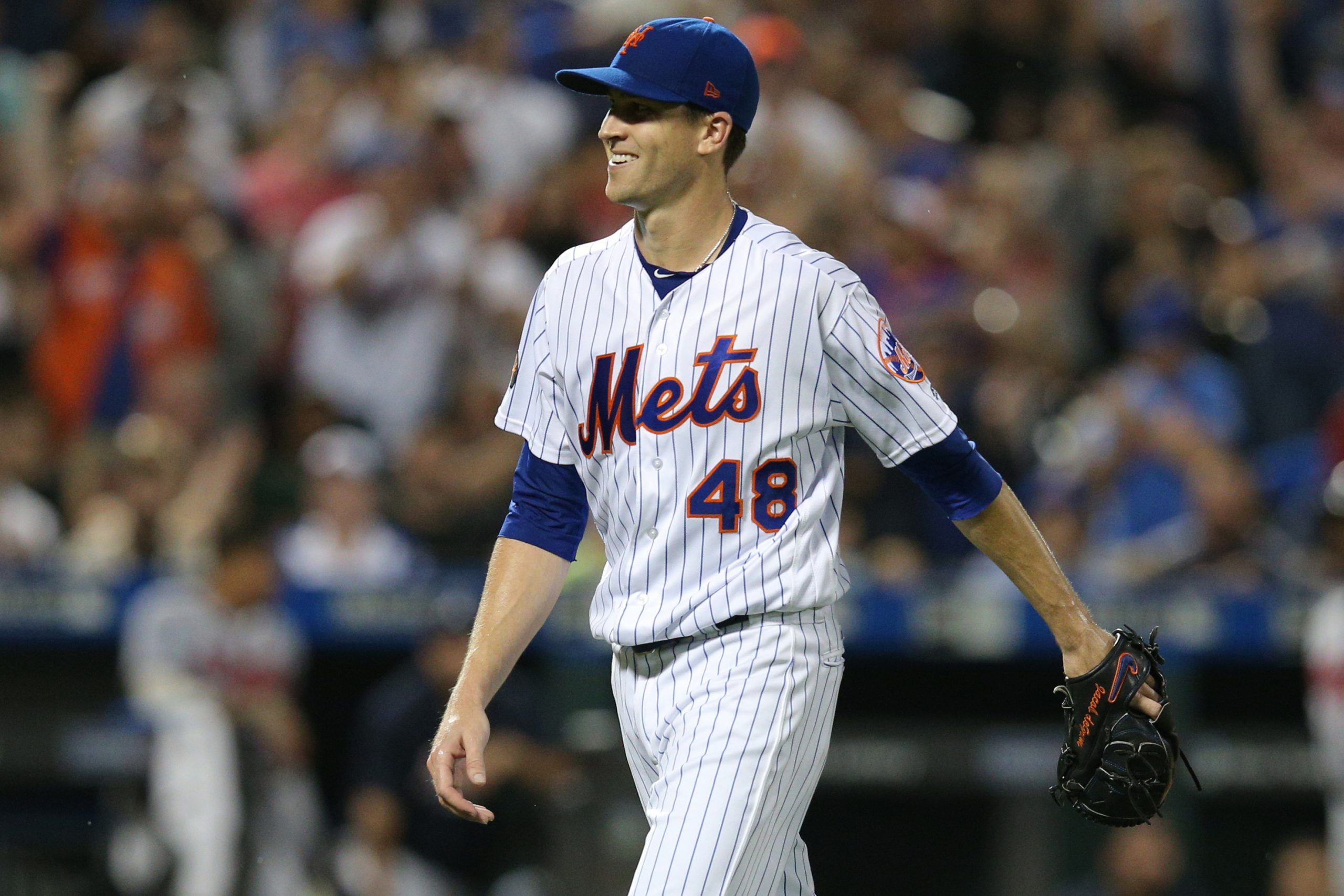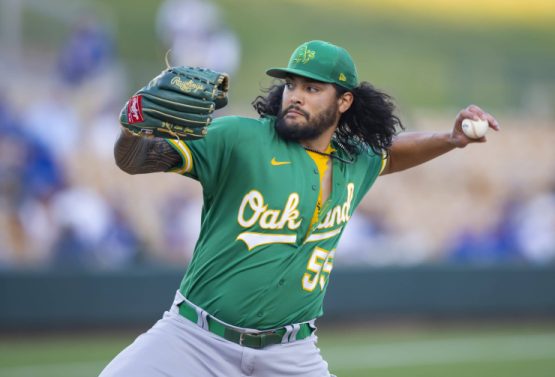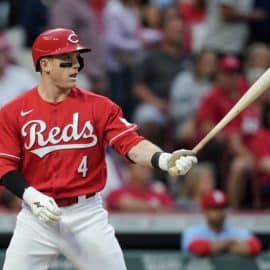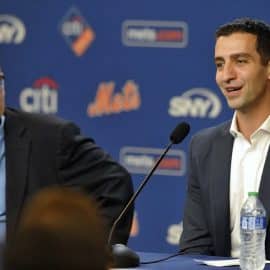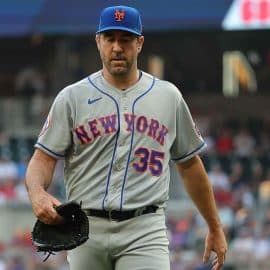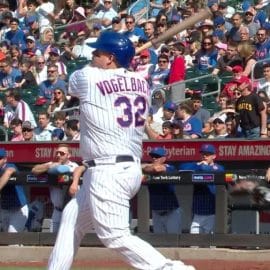Now that the New York Mets’ 2018 season is over, we are going to take a look at the year as a whole over the next several days. We will break down the offense, starting pitching, relievers, coaching staff, and declare a team MVP along the way. We continue our season review today with a look at the Mets’ starting rotation.
The New York Mets are a team built on their starting pitching, and that was very evident in 2018. The rotation was pretty consistent for most of the season, with all five primary members making at least 20 starts with the top four (Jacob deGrom, Noah Syndergaard, Steven Matz, and Zack Wheeler) combining to start 116 games. In most cases, that should have guaranteed a winning year for the Mets, but that was not the case due to a lot of circumstances out of the starters’ control. With that being said, let’s look back at the years for the Mets’ starting pitchers:
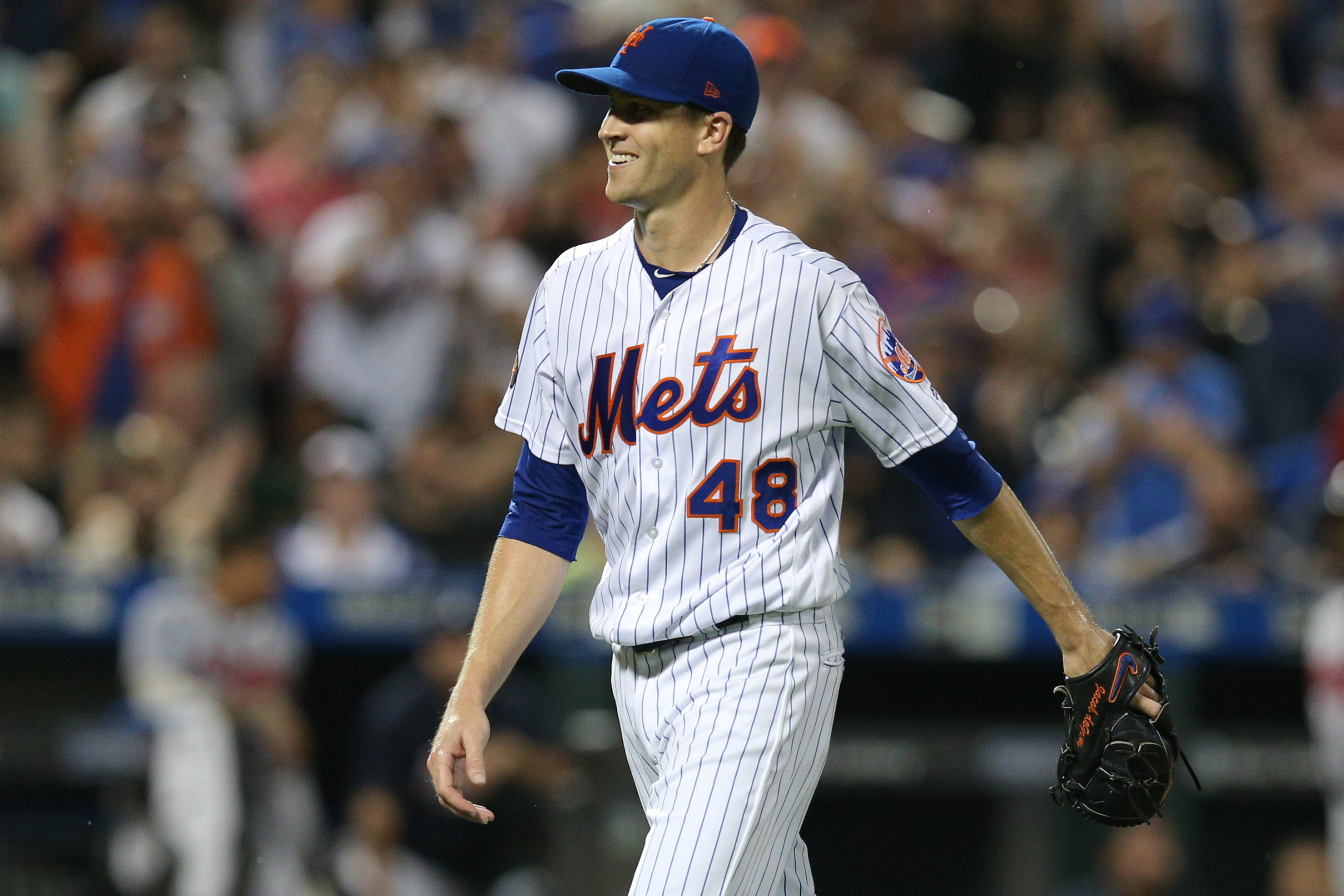
Jacob deGrom: Any discussion of starting pitching for the Mets has to begin with Jacob deGrom, who established himself as the team’s ace once and for all in 2018. deGrom was the best pitcher in baseball this season, leading the league in ERA (1.70) while allowing more than three earned runs only once in his 32 starts. The Mets were pathetic behind deGrom, resulting in a 10-9 record despite his brilliance, but deGrom set career highs in innings pitched (217), strikeouts (269), and WHIP (0.91). deGrom could have won 20 games easily with a competent team, but he will likely have to settle for the Cy Young instead, which isn’t a bad consolation prize.
Grade: A+
Noah Syndergaard: Syndergaard was the Mets’ Opening Day starter when deGrom got a late start in spring training, but it was a weird year for the fireballing righty. The numbers were consistently good for Syndergaard, but he always struggled to get throughout games in the first half before landing on the disabled list with a finger issue that cost Syndergaard seven starts. Syndergaard took a bit to get going after he returned, but he still lead the team in wins with 13 and pitched two complete games in September, including his first career shutout on the final day of the season against the Miami Marlins. The overall stat line (13-4, 3.03 ERA, 1.21 WHIP, 155 strikeouts in 154.1 innings pitched) was still very good, so Syndergaard could actually be a prime breakout candidate if he avoids fluke injuries in 2019.
Grade: B+
Steven Matz: For the first time in his big league career, Matz made it all the way through a season. Matz only had one trip to the disabled list all year and it was for 15 days, allowing him to set career highs in starts (29), innings pitched (154), and strikeouts (152). The 5-11 record isn’t pretty, but Matz did have a rough patch in the middle of the season that caused his ERA to spike from 3.31 on July 7th to 4.60 on August 16th. Matz was great the rest of the way, pitching to a 2.44 ERA over his final seven starts but only had an 0-1 record to show for it thanks to poor support from his teammates. Either way, the Mets have to be encouraged that Matz made it through a full season and pitched effectively, giving them hope that he can be a very strong fourth starter in 2019.
Grade: B
Zack Wheeler:
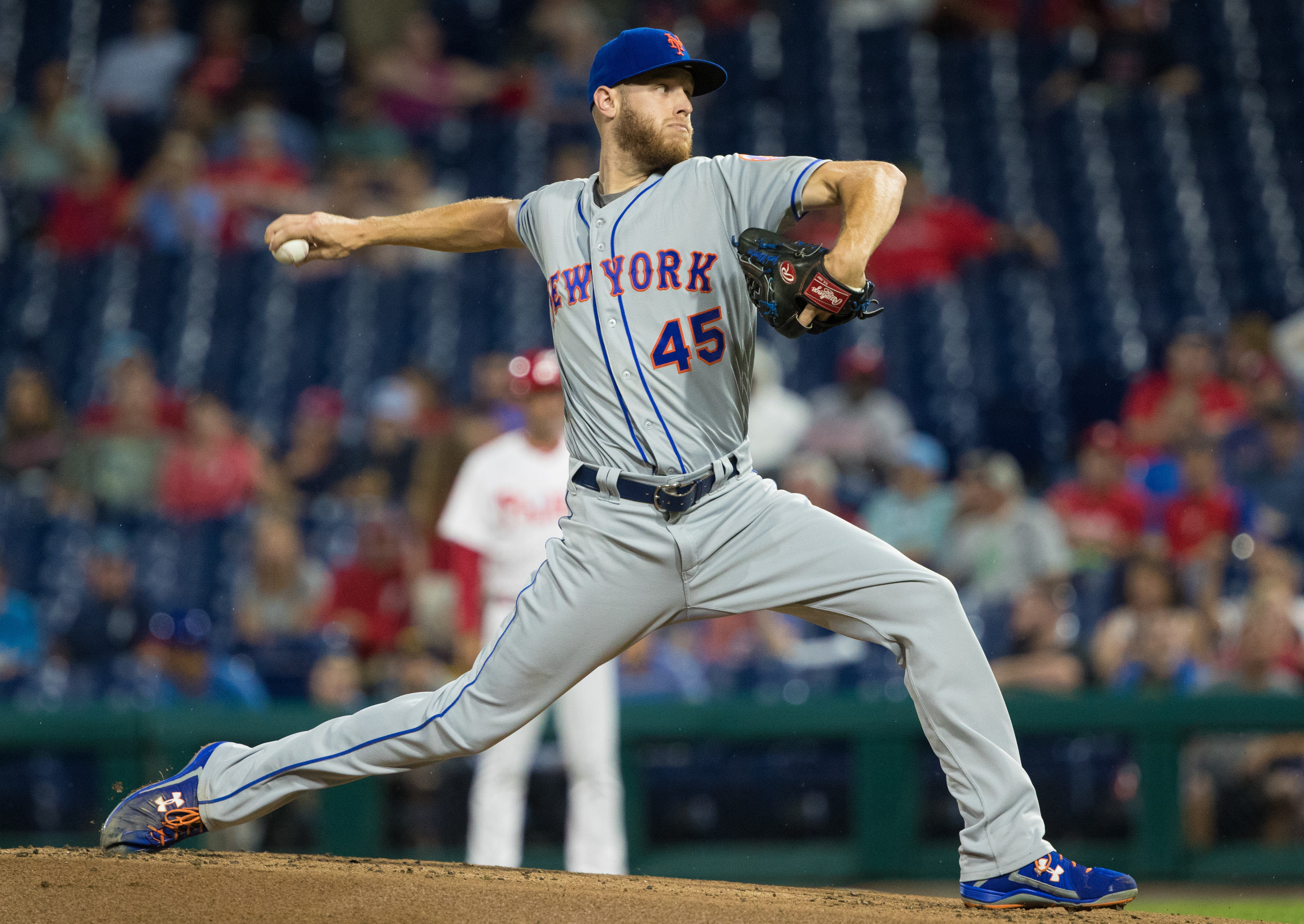
Did you remember that Zack Wheeler didn’t even make the team out of spring training? It’s true, Wheeler’s first start of the year came with AAA Las Vegas, but he got a chance to join the rotation against the Miami Marlins, who he dominated in the second week of the season. The Mets ended up sticking with Wheeler for the rest of the year despite some early struggles. Things started to turn around for Wheeler towards the end of June and early July, making Wheeler a prime trade candidate, but no one wanted to buy into the idea that Wheeler was a new pitcher. That worked out to the Mets’ benefit as Wheeler was outstanding in the second half, going 9-1 with a 1.68 ERA in 11 starts, striking out 73 batters in 73 innings pitched. Wheeler ended up putting together his best big league season, going 12-7 with a 3.31 ERA in 29 starts, as he finally put his tools to good use under the tutelage of Dave Eiland.
Grade: A
Jason Vargas: The Mets’ free agent pickup of Jason Vargas in February looked shrewd at the time, giving the team a veteran lefty capable of eating innings. That backfired quickly as Vargas was a disaster in the first half, going 2-6 with an 8.60 ERA in nine starts and landing on the DL twice. The Mets stubbornly stuck with Vargas in the second half, and he rewarded their faith by pitching much better after the All Star Break. Over his final 11 starts of the year, Vargas went 5-3 with a 3.81 ERA, holding opponents to a .223 batting average against him. Vargas allowed opponents to bat .344 against him in the first half, so the Mets have to hope that second half Vargas shows up for the start of 2019 as their fifth starter.
Grade: D
Corey Oswalt: The only other guy to get more than five starts for the Mets in 2018 was rookie Corey Oswalt, who filled in for Vargas and Syndergaard at times in the rotation. Despite a lack of overpowering stuff, Oswalt was surprisingly effective as a starter, going 2-3 with a 4.72 ERA in 12 starts. A few stinkers spiked Oswalt’s ERA, but he showed enough moxie to think that he could be a capable fill in if any of the Mets’ regular starters need a trip to the DL in 2019.
Grade: C
The Rest: The rest of the Mets’ starts were made by Seth Lugo (5), the departed Matt Harvey (4), P.J. Conlon (2), Drew Gagnon (1), Jerry Blevins (1), and Chris Flexen (1). Harvey was abysmal as a starter, getting bumped to the bullpen and eventually off the team when he couldn’t adapt to pitching in relief. Lugo was effective as a starter, but he proved more valuable as a reliever, a role he should carry over into 2019. The rest were nothing to write home about.
Grade: D
Add The Sports Daily to your Google News Feed!
